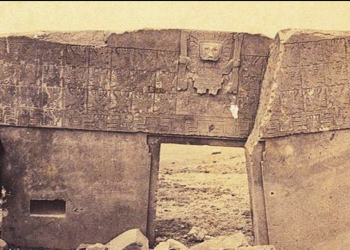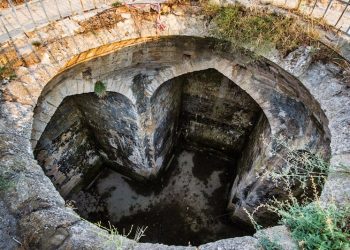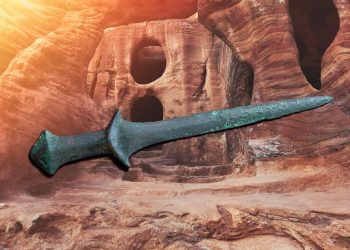The Aeolipile, also known as Hero’s engine, is a simple but groundbreaking device considered to be one of the earliest examples of a steam engine. It was invented by the Greek mathematician and engineer Hero of Alexandria around the first century AD, and it is an important precursor to the modern steam engine.
The Wonders of Ancient Engineering Unveiled
The World’s First Steam Engine
In a remarkable discovery that showcases the ingenuity of ancient engineering, the aeolipile, also known as Hero’s steam engine, stands as the earliest known example of a steam-powered device. Dating back to the first century AD, the aeolipile was the brainchild of Hero of Alexandria, a brilliant mathematician and engineer whose inventions laid the groundwork for modern steam engines. In this article, we delve into the history, design, and significance of Hero’s steam engine, exploring its lasting impact on the world of engineering.
The Genius of Hero of Alexandria
Hero or Heron of Alexandria, a prominent Greek mathematician, engineer, and inventor, was a man ahead of his time. As a leading figure in the world of ancient engineering, he made significant contributions to the fields of mathematics, physics, and mechanics. Among his most famous works are the treatises “Pneumatica” and “Automata,” which featured a range of mechanical devices, including the aeolipile. While cybernetics did not become a formalized field until the twentieth century, it is believed that Hero’s work, specifically his automated devices, constituted some of the earliest research on the subject.
Understanding the Aeolipile: How It Works
The Core Design Elements
The aeolipile, a simple yet groundbreaking device, consists of a hollow sphere with two opposing bent tubes or nozzles. The sphere is mounted on a stand, allowing it to rotate freely. The hollow interior of the sphere is filled with water, and a heat source is placed beneath it. As the water boils, steam is produced and expelled through the nozzles, creating a jet of steam that causes the sphere to rotate.
The Principle of Jet Propulsion
Hero’s steam engine operates on the principle of jet propulsion, a concept still used in modern-day rockets and jet engines. The aeolipile is an early example of harnessing the power of steam to create motion, demonstrating the potential of steam power long before it became a driving force in the Industrial Revolution.
Historical Context: A Glimpse into Ancient Engineering
While the aeolipile was not used for any practical applications during Hero’s time, it serves as a testament to the innovative thinking of ancient engineers. By employing steam power in a rudimentary form, the device highlights the advanced understanding of mechanics, thermodynamics, and the properties of steam that existed in the Hellenistic period.
The Legacy of Hero’s Steam Engine
Influence on Modern Steam Engines
The aeolipile’s design and principles laid the groundwork for the development of modern steam engines. Centuries later, inventors such as Thomas Savery, Thomas Newcomen, and James Watt would refine and expand upon Hero’s concept, eventually leading to the rise of steam power as a dominant force in the Industrial Revolution.
Inspiring Future Innovations
Hero’s steam engine has not only left its mark on history, but it also serves as a source of inspiration for modern engineers and inventors. The aeolipile demonstrates the power of innovative thinking and the potential to revolutionize industries by employing new technologies and concepts.
Celebrating the Ingenuity of the Aeolipile
The aeolipile, or Hero’s steam engine, is a remarkable testament to the ingenuity of ancient engineering. As the world’s first known steam-powered device, it showcases the advanced understanding of mechanics, thermodynamics, and the properties of steam that existed in the Hellenistic period. Though it was not utilized for practical purposes during its time, the aeolipile has left an indelible mark on the history of engineering and serves as a source of inspiration for modern-day innovations.
PLEASE READ: Have something to add? Visit Curiosmos on Facebook. Join the discussion in our mobile Telegram group. Also, follow us on Google News. Interesting in history, mysteries, and more? Visit Ancient Library’s Telegram group and become part of an exclusive group.











